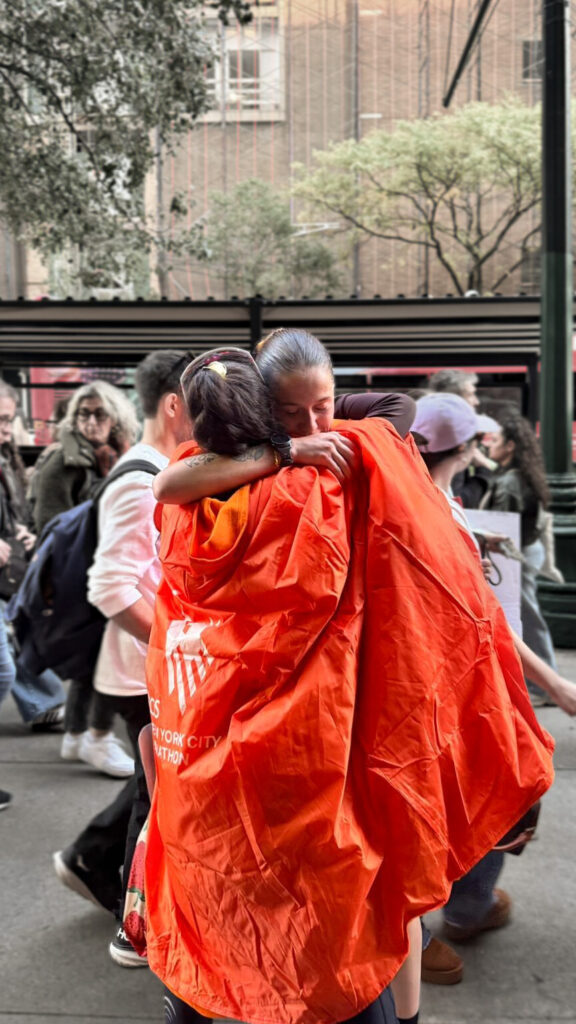The U.S. dollar (USD) is the official form of currency in the United States, and its overseas territories. It is also represented by a “$,” which is referred to as the dollar sign. The dollar is divided into 100 units, called cents (¢). Common names and slang terms for the USD include buck, greenback, green, dough, smacker, dead presidents, bones, scrillas, and paper. It is held by almost every central bank and it is the most commonly converted currency in the world. The USD is the standard currency in the commodity market. Some countries such as Ecuador and Panama use the USD as an official legal tender, which is a system known as “dollarization.” Several other countries may accept the USD as a form of payment, though it would not be the official currency for the country.
History
U.S. Congress has the power “to coin money” under the U.S. Constitution. The term “dollar” was first used to refer to the Spanish Milled Dollar, which was the first world currency by the late 18th century. Countries in Europe, the Americas and the Far East utilized this currency. When the U.S. was creating its own monetary system, it used the Spanish Milled Dollar as an example to replicate.
The Dollar was officially adopted as the monetary unit of the United States in 1785. The Coinage Act of 1792 created the first U.S. Mint and recognized the federal monetary system. This act also instituted the denominations for coins, based on their value in gold, silver, and copper. In 1861, the U.S. Treasury issued the first $10 Demand Bills, featuring the face of Abraham Lincoln, the 16th President of the United States. Two years later, the national banking system was established. National banks throughout the country were authorized to issue national currency protected by the purchase of U.S. bonds. By 1914, the Federal Reserve Bank or “The Fed” was proclaimed the central bank of the United States and the first $10 Federal Reserve notes were issued.
Dollar Units
American paper money is known as “bills”. They are green in color and the difference in the bills is the famous face on the bill and the number in the corner. $1, $5, $10, $20, $50, $100 are the most frequently used bills. $2 bills are rarely used, as they are no longer in production.
There is also coin currency, which comes in various denominations. One dollar is equivalent to 100 cents. There is a penny (1 cent), nickel (5 cents), dime (10 cents), quarter (25 cents) and dollar coin (100 cents).
New Dollars/Coins
In 1997, the 50 State Quarters Program was launched by the United States Mint, which released a series of circulating commemorative coins. Quarters bearing symbols from each of the 50 states were issued from years 1999 to 2008. Similarly, under the Presidential $1 Coin Act of 2005, the U.S. Mint introduced a program in which engravings of portraits of U.S. presidents are presented on $1 gold-colored coins.
Further reading:



